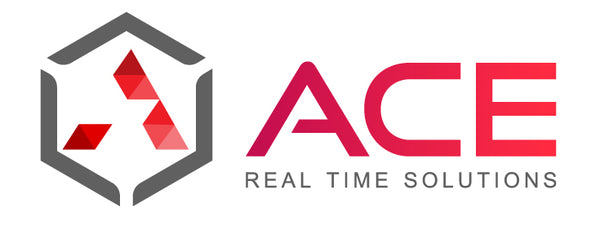Powering the Future: Optimizing Solar Panel Integration for Educational Institutions
Share
In today's rapidly evolving educational landscape, institutions face mounting pressure to both reduce operational costs and demonstrate environmental leadership. Solar panel technology represents a compelling solution to these challenges, yet many educational facilities struggle with efficient implementation and ongoing management of these systems. Without proper power protection and supply chain optimization, schools risk unreliable performance, increased maintenance costs, and diminished return on investment.
This blog post explores how AI-driven supply chain solutions can revolutionize solar panel implementation in educational settings, offering practical strategies to enhance reliability, maximize energy production, and create more sustainable learning environments.
Streamlining Solar Panel Procurement with AI Analytics
Educational institutions often face complex procurement challenges when implementing solar solutions, from vendor selection to component compatibility. AI-powered analytics platforms can transform this process by analyzing historical performance data, vendor reliability metrics, and price fluctuations to identify optimal procurement strategies.
For instance, a university facilities team could utilize predictive AI tools to forecast seasonal demand patterns and schedule bulk purchases during favorable market conditions. This approach not only reduces costs but ensures consistent availability of critical components when maintenance is required. Additionally, AI systems can flag potential compatibility issues between new panels and existing infrastructure before purchase, preventing costly integration problems.
Consider implementing a digital procurement platform that incorporates AI-driven vendor scoring to objectively evaluate suppliers based on reliability, quality control measures, and delivery performance – critical factors for maintaining uninterrupted power supply in educational environments.
Enhancing Installation and Maintenance Through Predictive Planning
The efficiency of solar installations in educational settings depends heavily on strategic placement, regular maintenance, and rapid troubleshooting. AI tools can optimize these processes through sophisticated modeling and predictive maintenance algorithms.
By leveraging AI-powered simulation tools, schools can identify optimal panel placement across campus buildings to maximize energy generation while considering factors like seasonal sun patterns and shadow casting. This data-driven approach ensures installations deliver peak performance throughout the academic year.
Furthermore, implementing AI-based monitoring systems allows maintenance teams to shift from reactive to predictive strategies. These systems can detect potential panel failures or efficiency drops before they impact power supply, scheduling maintenance during non-peak hours to minimize disruption to educational activities.
Integrating Solar Power with Educational Operations
Beyond physical implementation, successful solar initiatives require seamless integration with broader educational operations and power protection systems. AI supply chain solutions provide the connective tissue between energy generation and institutional needs.
Intelligent energy management systems can analyze historical usage patterns across campus facilities to direct solar power to high-priority areas during peak demand periods. For example, during final exams when computer labs experience heavy usage, AI can automatically allocate additional power resources to these critical facilities.
Educational institutions can also implement digital twins of their solar infrastructure, creating virtual models that simulate various scenarios and optimize system performance. This approach allows administrators to visualize the impact of potential system changes before implementation, reducing risk and maximizing efficiency.
Conclusion
The intersection of solar panel technology and educational institutions represents a significant opportunity for cost savings, environmental leadership, and operational resilience. By embracing AI-driven supply chain solutions, schools can transform solar power from a simple alternative energy source into a strategic asset that enhances educational outcomes while protecting critical infrastructure.
As climate concerns and energy costs continue to rise, educational institutions that leverage AI to optimize their solar panel supply chains will not only reduce operational expenses but position themselves as forward-thinking leaders in sustainable education.
Ready to harness the power of AI to transform your educational institution's approach to solar energy? Visit acerts.com to explore our customized AI solutions for solar panel optimization and power protection. Our team of experts is ready to help you develop a tailored strategy for your specific needs.
How is your educational institution currently managing its solar infrastructure, and what challenges have you encountered in maintaining reliable power supply? Share your experiences in the comments below.
